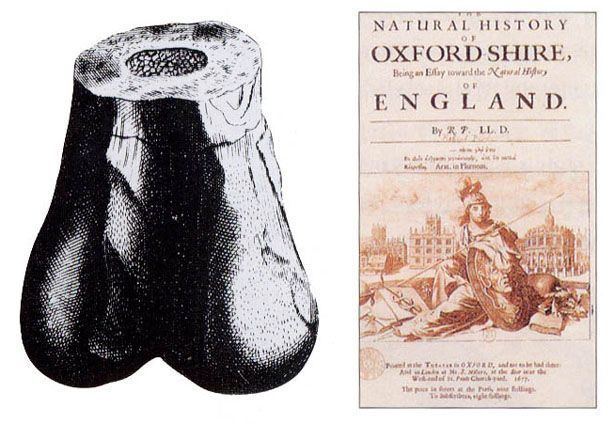Name Richard Brookes | ||
 | ||
Richard Brookes (fl. 1721 – 1763) was an English physician and author of compilations and translations on medicine, surgery, natural history, and geography, most of which went through several editions.
Contents
Life
He was at one time a rural practitioner in Surrey (Dedication of Art of Angling). At some time previous to 1762 he had travelled both in America and Africa (Preface to Natural History).
Works
His General Gazetteer (1762) filled a gap in the market and went through many editions, up to that of Alexander George Findlay in the later nineteenth century. Other works were:
His main translations are The Natural History of Chocolate (1724), from the French Histoire Naturelle du Cacao et du Sucre (1719) of Quelus (de Chélus), 2nd ed. 1730; and Jean-Baptiste Du Halde's History of China, 4 vols. 1736.
